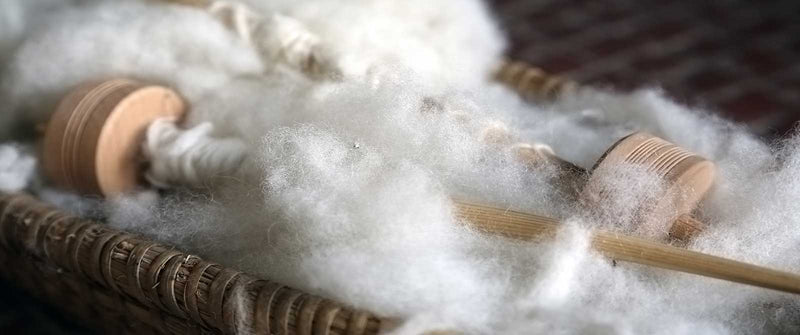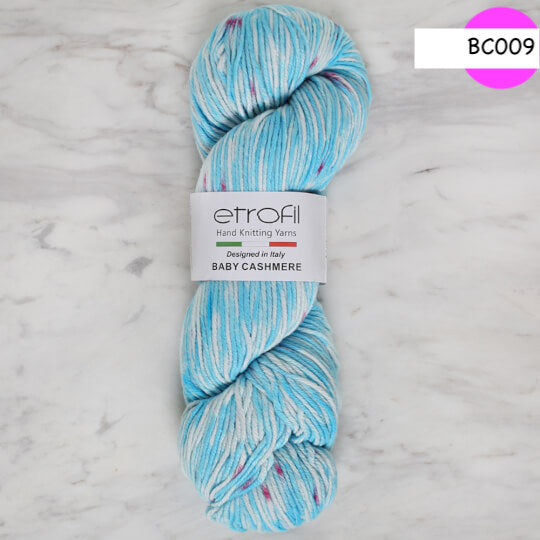Is Cashmere a Natural Fiber? Exploring Its Natural Origins and Uses
Is Cashmere a Natural Fiber? Exploring Its Natural Origins and Uses
Blog Article
Understanding the Different Kinds Of Cashmere an All-natural Fiber and Their Distinct Advantages

The Beginnings of Cashmere: A Historic Summary
While the extravagant touch of cashmere continues to beauty modern-day customers, its origins trace back to the harsh, cool environments of Mongolia and the Himalayas. For centuries, the indigenous peoples of these areas have been raising Capra Hircus goats, the prime source of cashmere woollen. These goats, resistant versus the serious winters months, expanded a fine undercoat to make it through, which later became known as cashmere.

The Manufacturing Process: From Goat to Garment
Shearing a Capra Hircus goat marks the beginning of the elaborate cashmere manufacturing procedure. This fragile procedure commonly happens yearly throughout spring. The penalty, soft undercoat is then separated from the coarser external hair, a procedure referred to as dehairing. The resultant raw cashmere is after that cleaned to remove contaminations such as dust, grease, and vegetable matter.
The clean fiber undergoes dyeing, rotating, and weaving, or knitting, to change it right into a material. Complicated procedures such as quality control checks and completing processes adhere to, ensuring completion item preserves the lavish criterion anticipated of cashmere. This painstaking procedure, from goat to garment, validates the high expense affixed to cashmere products, making them a sign of luxury and improvement.
The Different Kinds of Cashmere: A Thorough Evaluation

The One-of-a-kind Advantages of Cashmere: Convenience and Sustainability
Moving from the range of cashmere types to the benefits they use, comfort and sustainability stand out plainly. Cashmere, a natural fiber, is renowned for its unequaled soft qualities, providing a level of comfort that artificial fibers can not match.
When it concerns sustainability, cashmere is renewable and naturally degradable, as it's harvested from cashmere goats who regrow their coats annually. what is cashmere. Unlike synthetic fibers which can take hundreds of years to decompose, cashmere's influence on the atmosphere is minimal. This mix of comfort and sustainability makes cashmere a useful option for conscious customers

Caring for Your Cashmere: Upkeep and Conservation Tips
While cashmere is most certainly a lasting and elegant choice, it requires particular treatment to maintain its quality and expand its lifespan. To start, cashmere need to be hand cleaned utilizing cold water and a moderate detergent. Stay clear of turning or wringing the garment as it can harm the fibers. Instead, carefully eject excess water and lay it flat on a towel to completely dry. Cashmere things should be stored in a completely dry and awesome area, away from direct sunshine and moisture. Utilizing moth repellents can secure these garments from potential damage. Lastly, it's suggested to prevent hanging Recommended Site cashmere to prevent stretching. Instead, layer and store them properly to maintain their form and top quality gradually.
Buying Cashmere: Comprehending Its Worth and Well Worth
Although cashmere may at first look like a pricey financial investment, its lasting worth and worth ended up being obvious when you consider its remarkable qualities. Recognized for its unmatched gentleness and warmth, cashmere is a costs all-natural fiber that surpasses various other products. Its high demand and minimal supply add to its high cost, but its longevity ensures it lasts for many years, supplying excellent value for money. Cashmere items are classic, usually coming to be heirlooms passed down through generations. what is cashmere. In addition, its natural insulating residential or commercial properties give warmth without the mass of artificial fibers. Investing in cashmere, for that reason, is not practically present fashion trends, however about accepting a lasting, durable, and elegant way of life.
Final Thought
In recap, the type of cashmere one selects, be it Mongolian, Chinese, or Italian, is determined by individual choices for heat, luxury, sustainability, and budget. Comprehending the beginnings, production process, and unique advantages of different types of cashmere can direct customers in their investment in this luxurious natural fiber.
Whether it's the remarkable warmth of Mongolian cashmere, the affordability of Chinese cashmere, or the eco-conscious manufacturing of Italian cashmere, there's a tale to be found behind each fiber type. Cashmere, a natural fiber, is renowned for its exceptional softness, offering a degree of comfort that synthetic fibers can not match.When it comes to sustainability, cashmere is eco-friendly and sustainable, as it's gathered from cashmere goats who regrow their coats every year. Known for its unrivaled softness and warmth, cashmere is a costs all-natural fiber that exceeds various other products. Understanding the origins, production process, and one-of-a-kind benefits of different kinds of cashmere can assist customers in their investment in this elegant all-natural fiber.
Report this page